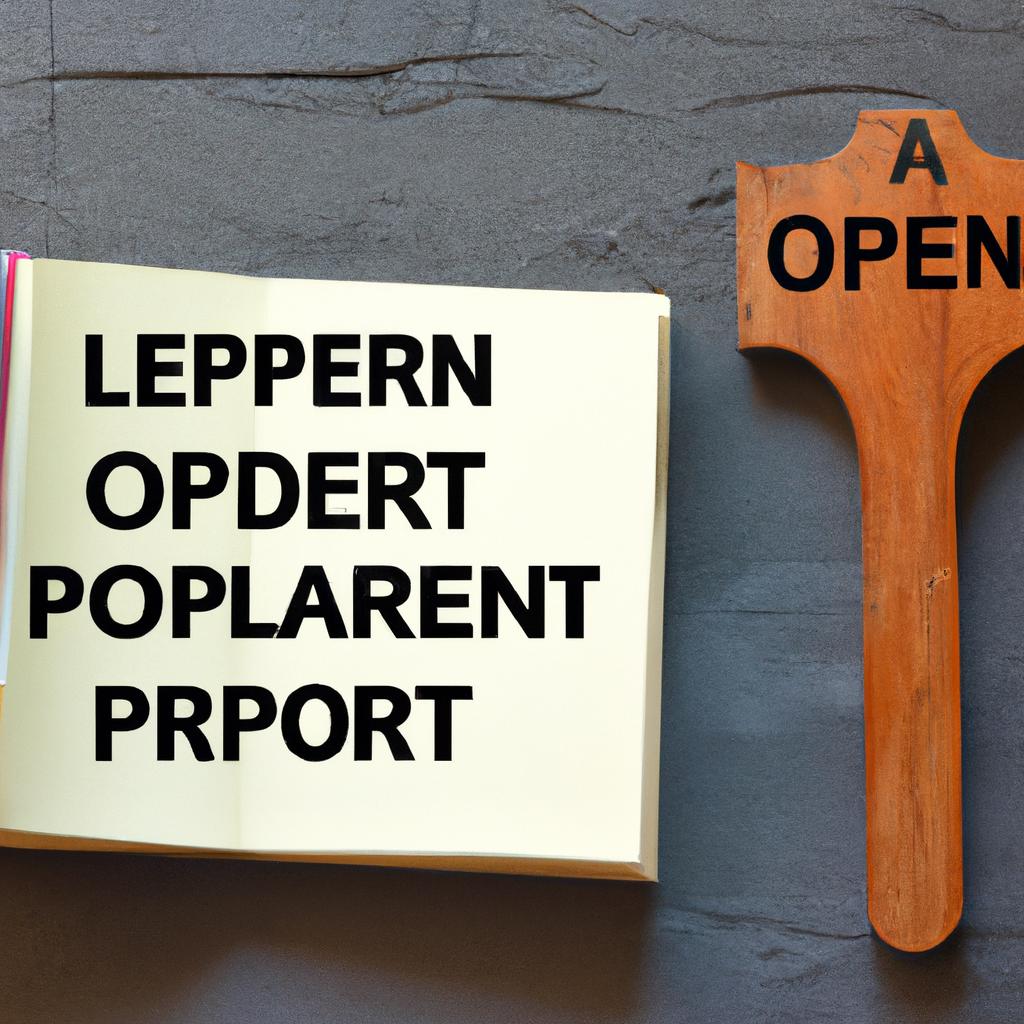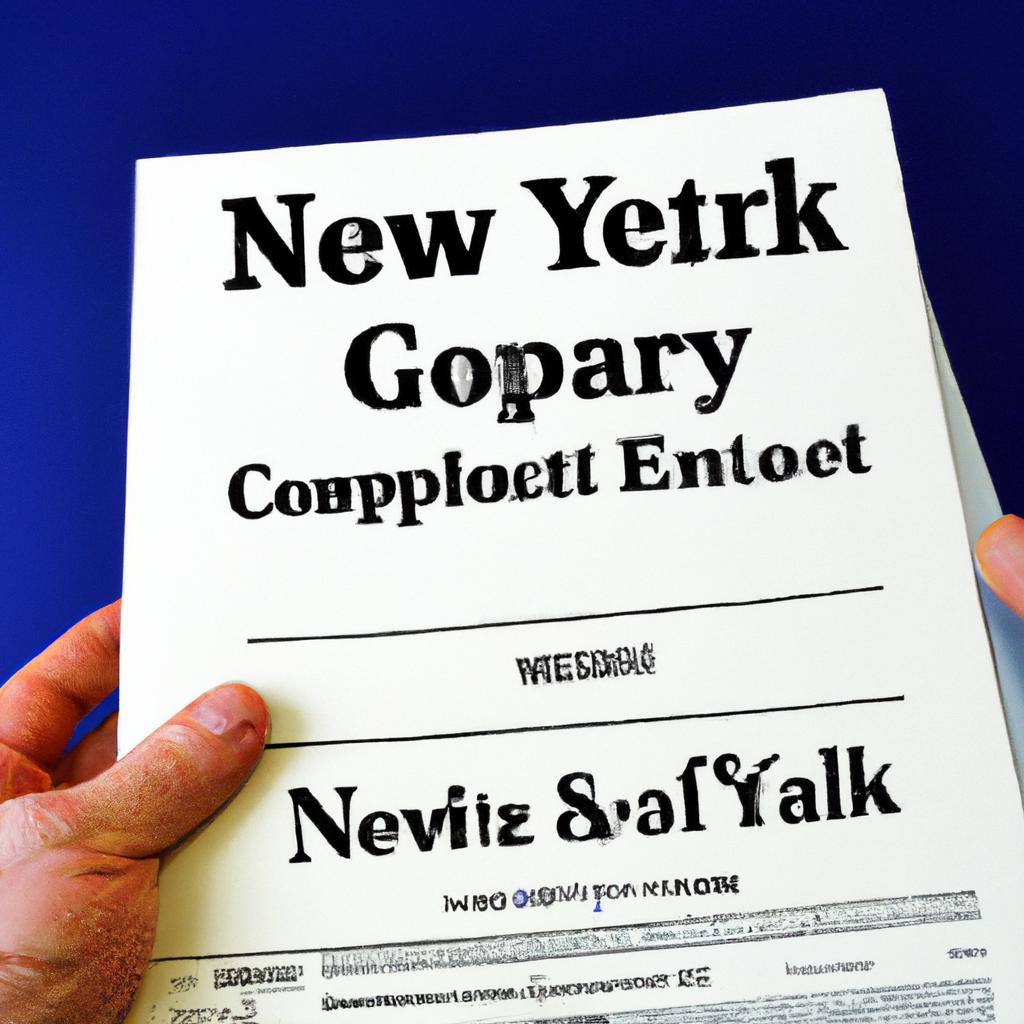In the realm of real estate transactions, the intricacies of property ownership can present unexpected challenges. One particularly common issue that may arise is the need to remove an individual from a deed in the state of New York. As seasoned legal professionals at Morgan Legal Group, we understand the importance of ensuring that all property titles are accurately reflective of the rightful owners. In this article, we will delve into the various methods and considerations involved in the process of removing someone from a deed in New York, providing you with the knowledge and guidance needed to navigate this complex legal terrain with confidence.
Understanding Legal Ownership of Real Property in New York
Removing someone from a deed in New York is a complex legal process that requires careful consideration and attention to detail. It is important to understand the legal ramifications of such a decision and to seek the advice of a knowledgeable attorney before proceeding. In New York, there are several ways to remove someone from a deed, including:
- Voluntary Transfer: If the individual voluntarily agrees to be removed from the deed, a new deed can be created transferring their ownership interest to another party.
- Court Order: In cases where the individual refuses to voluntarily transfer their ownership interest, it may be necessary to obtain a court order to force the removal from the deed.
When navigating the process of removing someone from a deed in New York, it is essential to consult with a skilled attorney who can guide you through the legal requirements and implications of such a decision. At Morgan Legal Group, our experienced team of attorneys specializes in real estate law and can provide you with expert advice and representation throughout the process. Contact us today for a consultation to discuss your specific situation and explore your options for removing someone from a deed in New York.
| Quick Tips: | Key Points: |
|---|---|
| Consult with an attorney | Understand legal ramifications |
| Consider voluntary transfer | Explore court order option if necessary |

Options for Removing Someone from a Deed in New York
One option for removing someone from a deed in New York is through a quitclaim deed. This legal document allows one party to transfer their interest in a property to another party. By using a quitclaim deed, the individual who wishes to be removed from the deed can relinquish their ownership rights without the need for a court order.
Another option is through a partition action. This legal proceeding allows co-owners of a property to seek a court order to force a sale of the property and divide the proceeds among the co-owners. If one party wishes to be removed from the deed, they can file a partition action to resolve any disputes and facilitate the removal process. It is important to consult with a knowledgeable attorney to determine the best course of action for removing someone from a deed in New York.
Navigating the Legal Process with the Help of an Experienced Attorney
When it comes to removing someone from a deed in New York, it is crucial to navigate the legal process with the help of an experienced attorney. At Morgan Legal Group, our team of knowledgeable lawyers specializes in estate planning and property law, ensuring that your interests are protected every step of the way.
Here are some key steps to consider when removing someone from a deed in New York:
- Review the Deed: Carefully examine the current deed to understand the ownership interests involved.
- Consult an Attorney: Seek guidance from a skilled attorney at Morgan Legal Group to explore the legal options available to remove the individual from the deed.
- Prepare and File Necessary Documents: Work with our legal team to draft and file the required paperwork with the appropriate county clerk’s office.

Ensuring Compliance with New York State Laws and Regulations
There are specific steps that must be taken in order to remove someone from a deed in New York. It is important to ensure compliance with New York State laws and regulations throughout this process in order to avoid any legal issues. The following steps can be taken to remove someone from a deed:
- Obtain a copy of the deed: The first step is to obtain a copy of the deed that you wish to remove someone from. This will provide important information about the property and the ownership rights.
- Consult with an attorney: It is recommended to consult with an experienced real estate attorney who can guide you through the process of removing someone from a deed in New York. An attorney can ensure that all legal requirements are met and that the process is carried out correctly.
- Prepare a new deed: In order to remove someone from a deed, a new deed must be prepared. This deed will need to be signed by all parties involved, including the person being removed from the deed.
In summary, removing someone from a deed in New York requires careful attention to detail and compliance with state laws and regulations. By following the necessary steps and seeking guidance from a knowledgeable attorney, you can ensure that the process is completed smoothly and legally.
Q&A
Q: How can I remove someone from a deed in New York State?
A: Removing someone from a deed in New York State typically involves following legal procedures and obtaining consent from all parties involved.
Q: What is the process for removing someone from a deed?
A: The process involves preparing a new deed that reflects the removal of the individual, obtaining signatures from all current owners and the individual being removed, and filing the new deed with the appropriate county clerk’s office.
Q: Are there any legal restrictions or requirements to consider?
A: Yes, there are legal requirements that must be met, such as ensuring all parties consent to the removal and that the new deed complies with New York State real estate laws and regulations.
Q: Can I remove someone from a deed without their consent?
A: In most cases, all owners involved must consent to the removal. However, there may be exceptions if a court order or legal agreement allows for the removal without consent.
Q: Are there any potential complications or challenges to be aware of?
A: Yes, potential complications could arise if all parties do not agree to the removal, if there are disputes over property rights, or if the proper legal procedures are not followed. It is advisable to seek legal advice to navigate these challenges effectively.
To Wrap It Up
In conclusion, removing someone from a deed in New York can be a complex process that requires careful consideration and adherence to legal procedures. Whether you are seeking to remove a co-owner due to a change in ownership or for other reasons, it is important to consult with a qualified real estate attorney to ensure that your interests are protected. By following the steps outlined in this article and seeking professional guidance, you can navigate the process successfully and achieve your desired outcome. Thank you for reading and good luck with your property ownership endeavors!
 How to Remove Someone from a Deed in New York: A Comprehensive Guide
How to Remove Someone from a Deed in New York: A Comprehensive Guide
When it comes to owning a property, a deed is the legal document that proves ownership. It is a crucial piece of paperwork that determines the rights and responsibilities of the property owner. However, there may come a time when you need to remove someone from a deed in New York. This could be due to various reasons, such as a divorce, selling the property, or changing the ownership structure.
Whatever the reason may be, the process of removing someone from a deed in New York can be complicated and confusing. This is why we have put together this comprehensive guide to help you understand the steps involved and ensure a smooth and hassle-free transfer of the deed.
Step 1: Understand the Different Types of Deeds in New York
Before we dive into the process of removing someone from a deed, it is essential to understand the various types of deeds in New York. The most common type of deed used in the state is the Warranty Deed, which guarantees that the property is free from any encumbrances or title defects. Other types of deeds include Quitclaim Deed, Bargain and Sale Deed, and Trust Deed.
Each type of deed has its own legal implications, so it is crucial to know which type of deed you have and what it entails before proceeding with the removal process.
Step 2: Determine the Type of Ownership
The next step is to determine the type of ownership of the property. In New York, there are two types of ownership – joint tenancy and tenancy in common. A joint tenancy means that all parties own an equal share of the property, and in the event of one person’s death, their share is divided equally among the remaining owners.
On the other hand, tenancy in common allows each owner to have a specific percentage of interest in the property. If one owner passes away, their share goes to their heirs, and not the other owners. It is essential to know which type of ownership you have as it will determine the process of removing someone from the deed.
Step 3: Obtain a Copy of the Deed
To move forward with the removal process, you will need to obtain a copy of the deed from the New York City Register’s Office. This office is responsible for recording and maintaining all property records in the city. You can either visit the office in person or request a copy through their online services.
You will need the property’s address and the names of all the current owners to obtain a copy of the deed. There is a fee for requesting a copy of the deed, which varies based on the number of pages.
Step 4: Consult with an Attorney
Removing someone from a deed in New York is a legal process that requires proper understanding and execution of the state laws. It is highly recommended to consult with a real estate attorney who has experience in handling such transactions. They can guide you through the process, ensure all legal requirements are met, and prevent any errors that may cause delays or legal complications in the future.
Step 5: Prepare a Deed Transfer Document
Once you have consulted with an attorney, the next step is to prepare a deed transfer document. This document must be signed by all parties involved in the deed transfer and notarized. It should include the current owner’s name, the person being removed from the deed, and the new ownership structure.
Step 6: Submit the Deed Transfer Document
After the deed transfer document has been prepared and signed, it must be submitted to the New York City Register’s Office for recording. Along with the document, you will need to pay the appropriate fees, which can vary depending on the type of deed and the value of the property.
Step 7: Update the Deed with the County Assessor
Once the deed transfer document has been recorded, it is crucial to update the new ownership information with the county assessor’s office. This is necessary to ensure that the correct property taxes are being paid and there are no issues with property assessments in the future.
Other Things to Consider
Aside from the legal steps, there are a few other things to consider when removing someone from a deed in New York:
1. Tax Implications: The removal of someone from a deed may have tax implications for both parties. It is best to consult with a tax professional to understand how the transfer may affect your taxes.
2. Title Insurance: After the deed transfer, it is recommended to purchase an owner’s title insurance policy to protect your ownership rights and avoid any legal issues.
3. Mortgage Considerations: If the property has an existing mortgage, removing someone from the deed does not automatically remove them from the mortgage. It is crucial to consult with the lender and seek legal advice to determine the best course of action.
Conclusion
Removing someone from a deed in New York is a legal process that requires careful consideration and execution. It is essential to follow the proper steps and seek professional guidance to ensure a smooth and successful transfer of the deed. This comprehensive guide has provided you with all the necessary information to understand the process and make informed decisions. Remember, consulting with an attorney and tax professional is highly recommended to avoid any legal or financial implications in the future.






